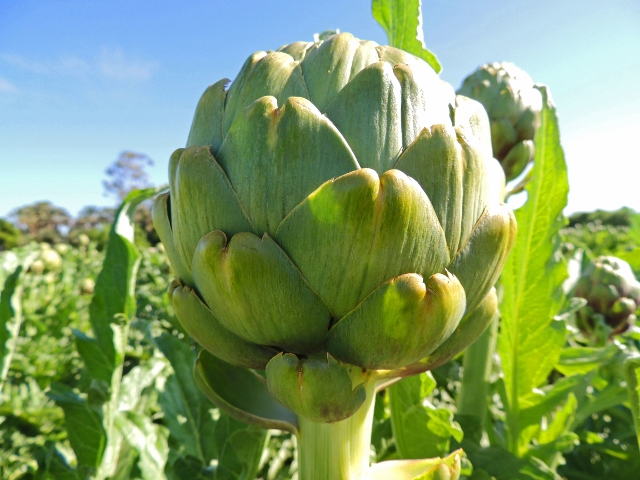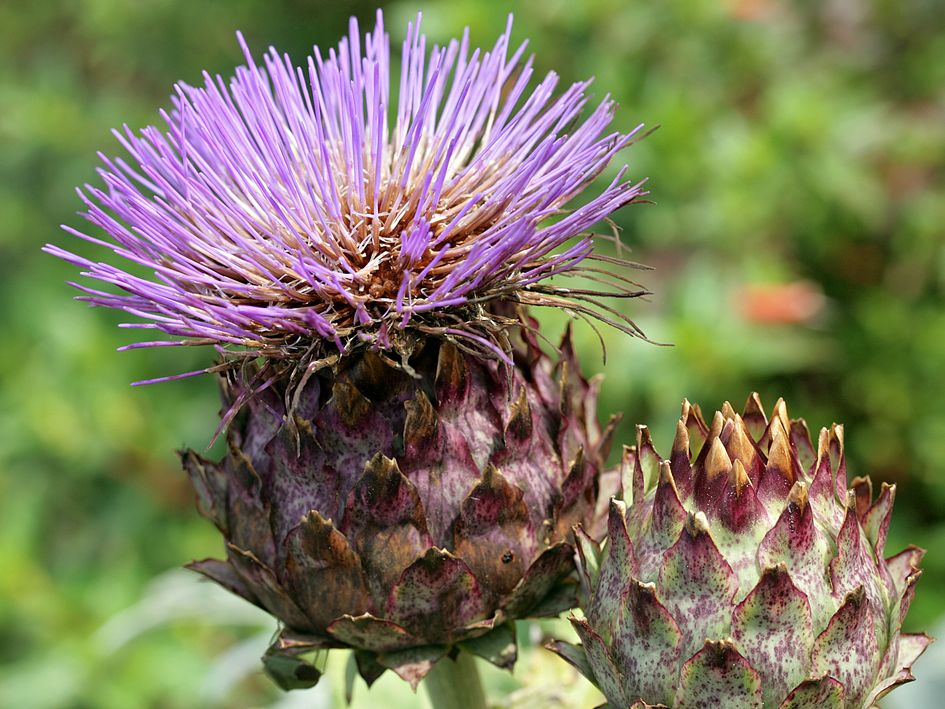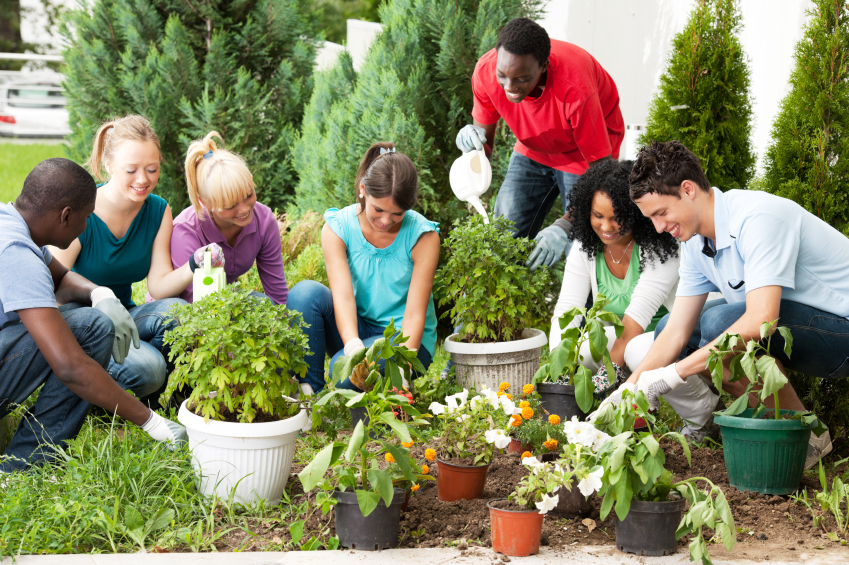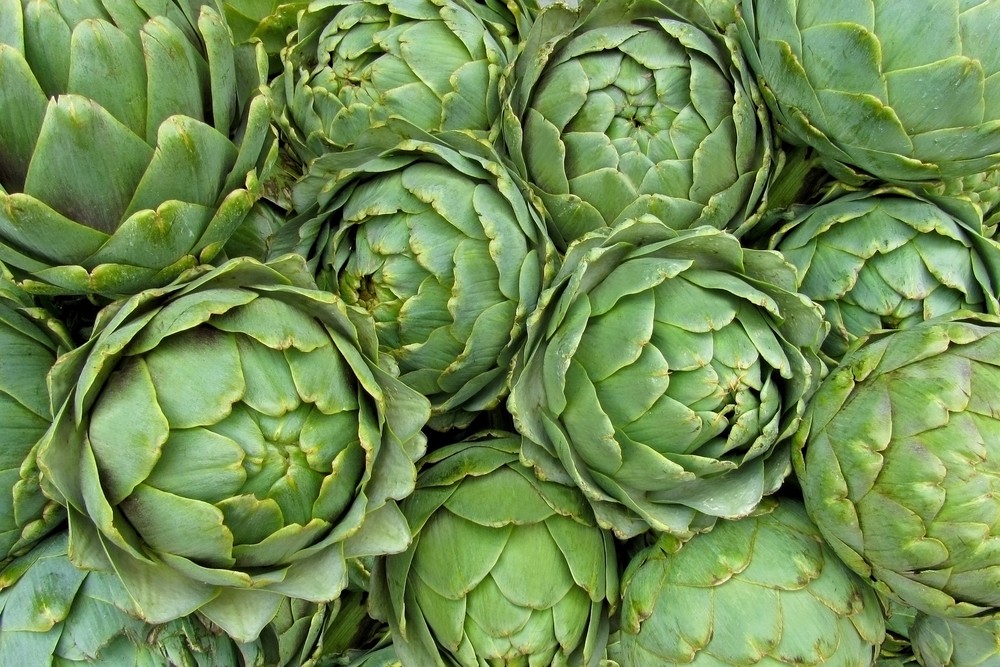Artichoke
About
The artichoke is a perennial thistle. It is delicious and tender, with a characteristically nutty flavor.
A member of the sunflower family, artichokes were first cultivated in the Mediterranean region. One of the major producers of artichokes in North America today is the state of California.
If left to grow wild, artichokes blossom into large purple flowers with a spiky tops, revealing their true thistle nature. Artichokes require lots of attention, regular watering and feeding, plus frost protection in winter. It takes some work and a lot of patience to grow artichokes from seed. Although not recommended for a first-time gardener, it is well worth the effort if you do commit to cultivating artichokes in your vegetable garden.
DIFFICULTY: Medium
SEASONS: Spring
HARVEST TIME: 85 to 90 days
SUNLIGHT NEEDED: At least 6 hours
PLANT DATES: May 1 to May 15 (transplant)
COMPANIONS:
Broccoli, Broccolini, Brussels Sprouts, Corn, Kale, Mustard, Turnips
ANTAGONISTS:
Fennel
Troubleshooting
PESTS:
Aphids (Black, Green, Grey, Grey-Brown), Cutworms, Flea Beetles, Mites, Slugs, Snails, Thrips
DISEASES:
Botrytis Blight, Crown Rot, Powdery Mildew
NUTRITIONAL DEFICIENCIES:
Calcium Deficiency, Iron Deficiency, Magnesium Deficiency, Nitrogen Deficiency, Potassium Deficiency, Zinc Deficiency
OTHER POTENTIAL GROWING ISSUES:
Cold Damage, Dehydration, Lack of Sunlight, Overwatering
Variations
Imperial Star

Imperial Star artichokes are thornless, round, uniform, and grow as large as 12 cm (4.5″) in diameter. It has a sweeter taste, is better adapted to cope with cool winters and springs, matures in the first year, and remain productive for three or four years to come.
The Imperial Star artichoke is a sensible choice for growers seeking long-term investment and fast return, as it continues producing for several years from each planting.
Cardoon

If you can imagine tasting the best part of an artichoke, you’ll know what a cardoon tastes like. These artichokes are often considered an old world treat! They are an amazing addition to your vegetable garden as they attract pollinators and bring delicious and nutritious food to your table. Perfect for any self-grower that seeking a unique Mediterranean look for their garden and a beautiful veggie for their plates!
Tutorials
How to PLANT
- Make 1 small hole per square foot — each hole should be 2x the depth of the seed
- Put 2 seeds in each hole and cover them up
- Thoroughly water the planted area
- Use a watering can or hose nozzle so your seeds are not flooded to the surface
- Wait a few days for your seeds to sprout
How to GERMINATE
Germination (aka sprouting) is the process by which seeds begin to sprout. Germination is a waiting game and Artichokes take between 10 to 21 days to sprout up. If your Artichokes have not germinated by then be sure to keep them watered and warm and keep checking on them daily.
How to THIN
Thinning is a necessary step all growers must face because it is an important for the overall health and success of their plants. It gives the remaining plants the room to grow to maturity and produce a healthy harvest.
Remove the smaller, weaker seedlings at each spot by cutting them at the base of the plant. If it’s hard to tell which seedling is smaller, you can wait a few more days to see which one is the clear winner.
Do NOT pull seedlings straight out if they are situated close together — this will disrupt the roots of the remaining plants.
How to HARVEST
How do I know my plants are ready to harvest? Try one to start. Does it look ready? Does it taste ready?
If it’s not quite ready, wait a few more days. Many plants can be harvested over many day or even months until you’ve pulled all of your Artichokes out.


